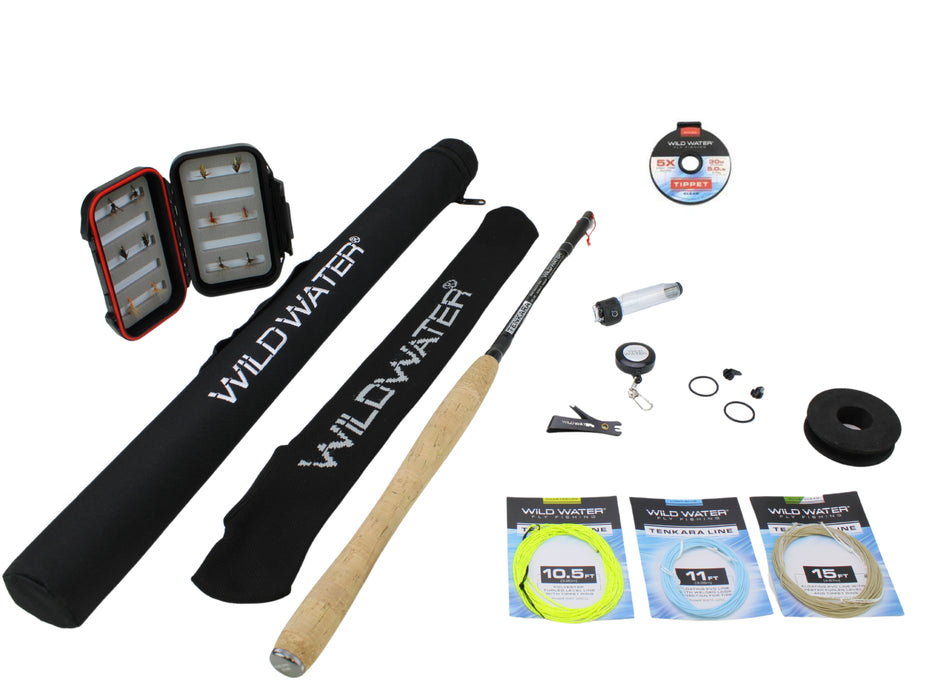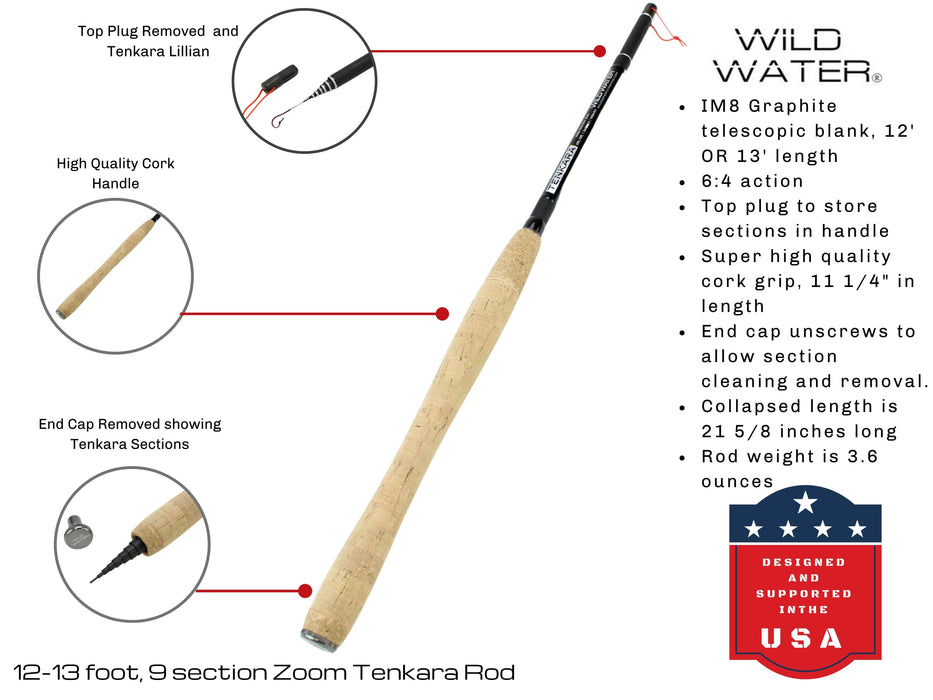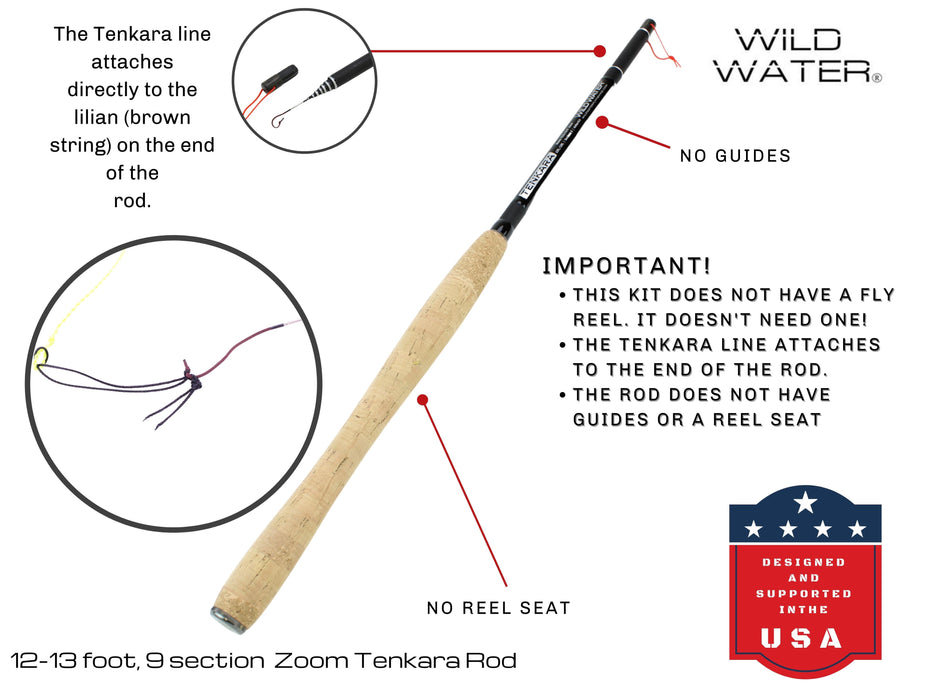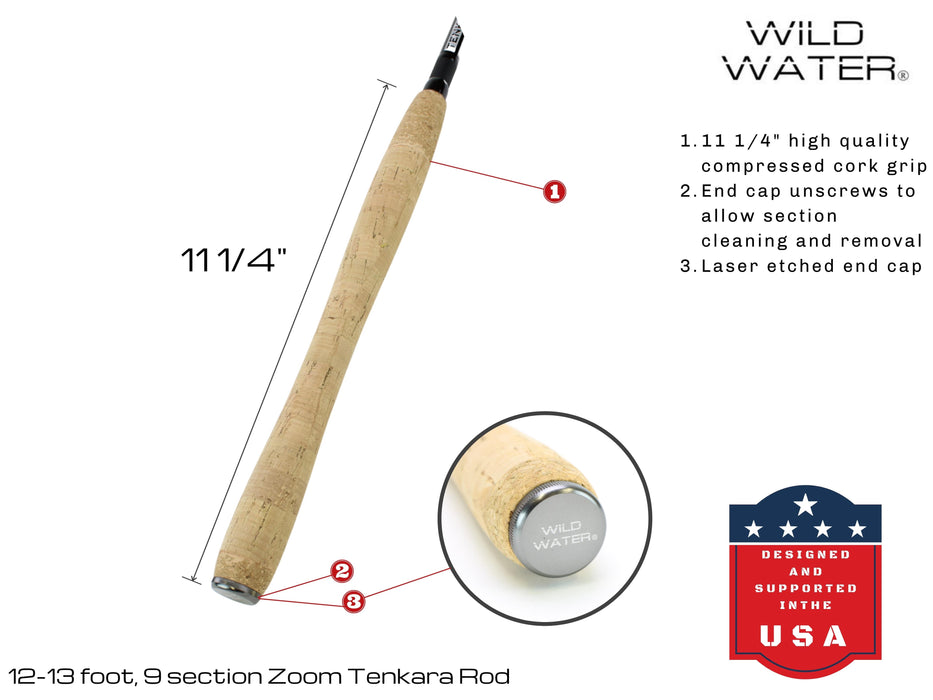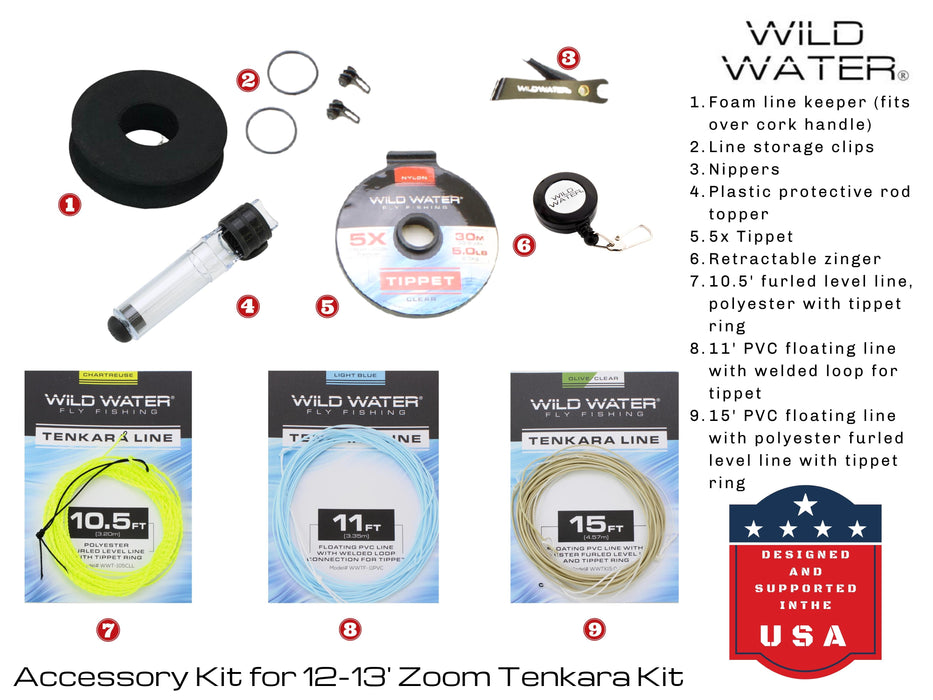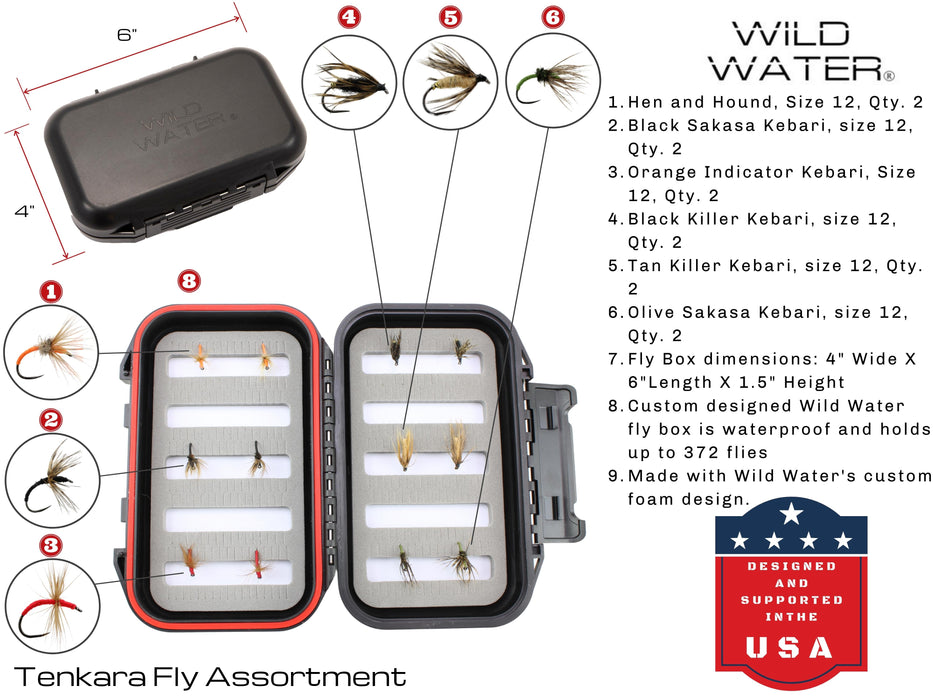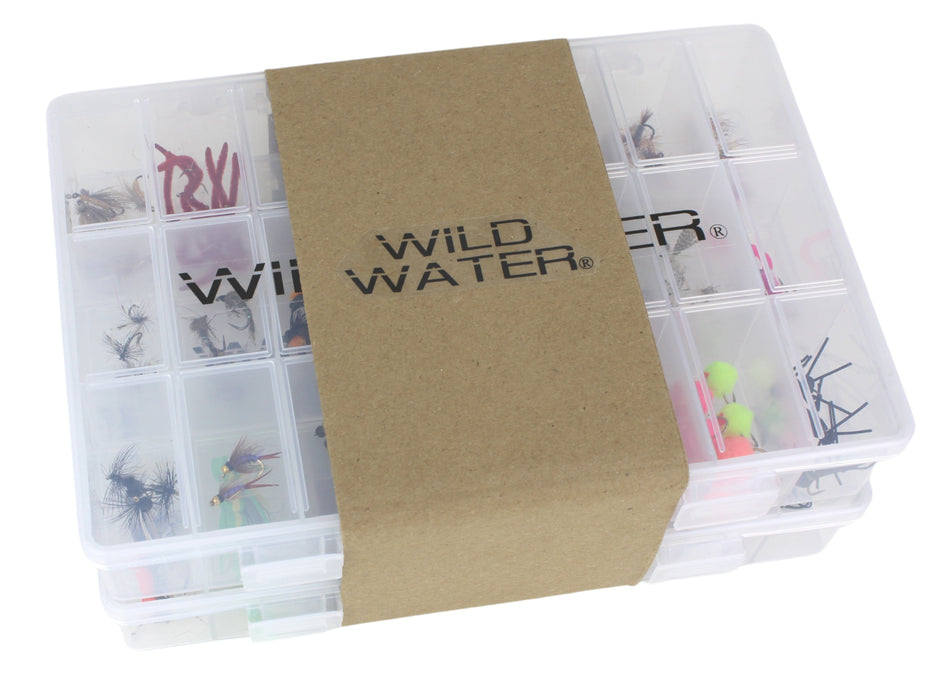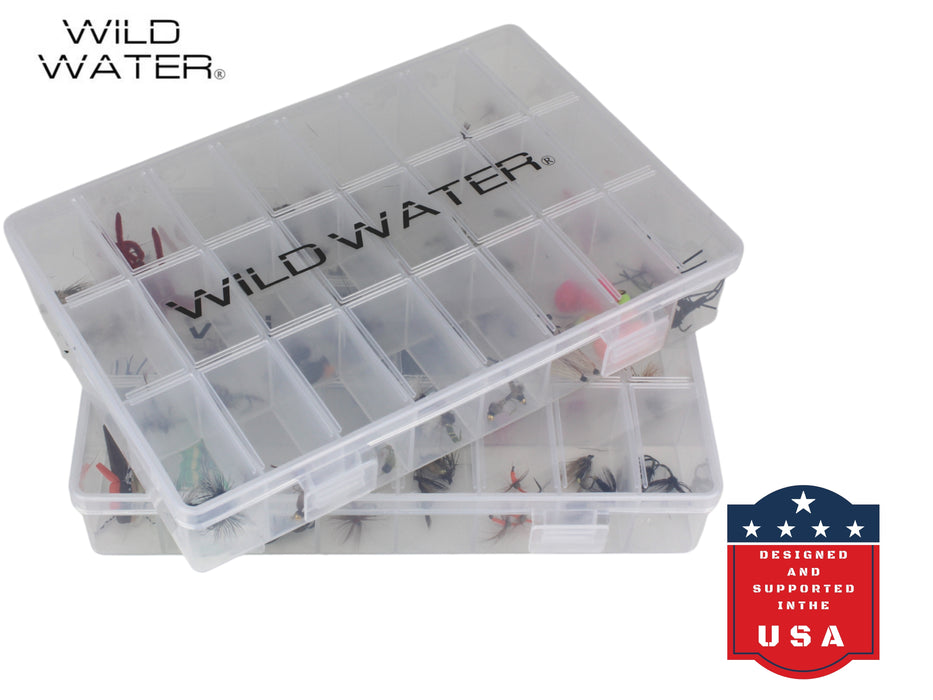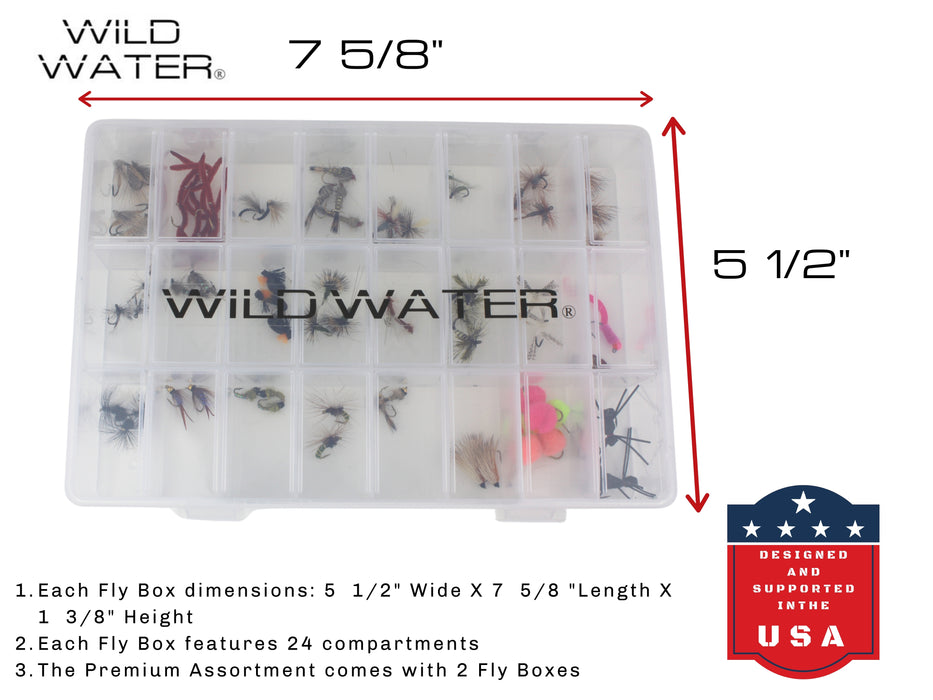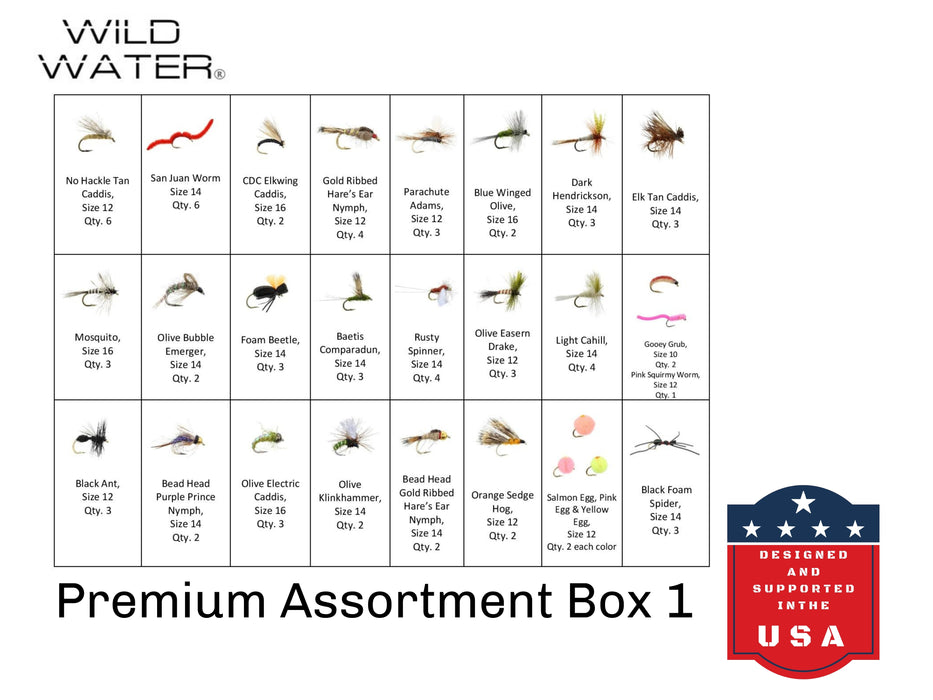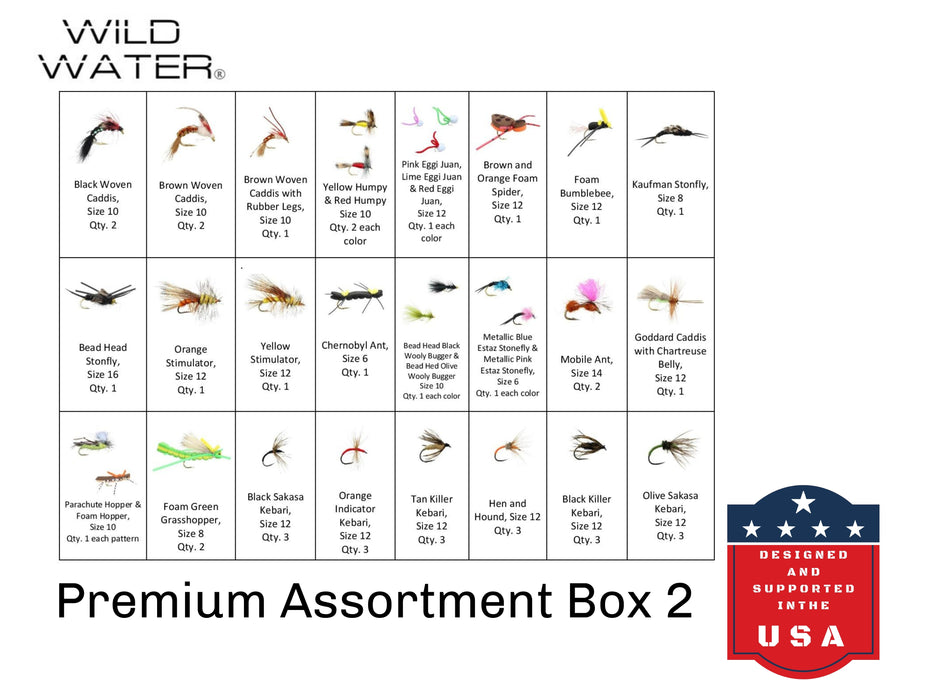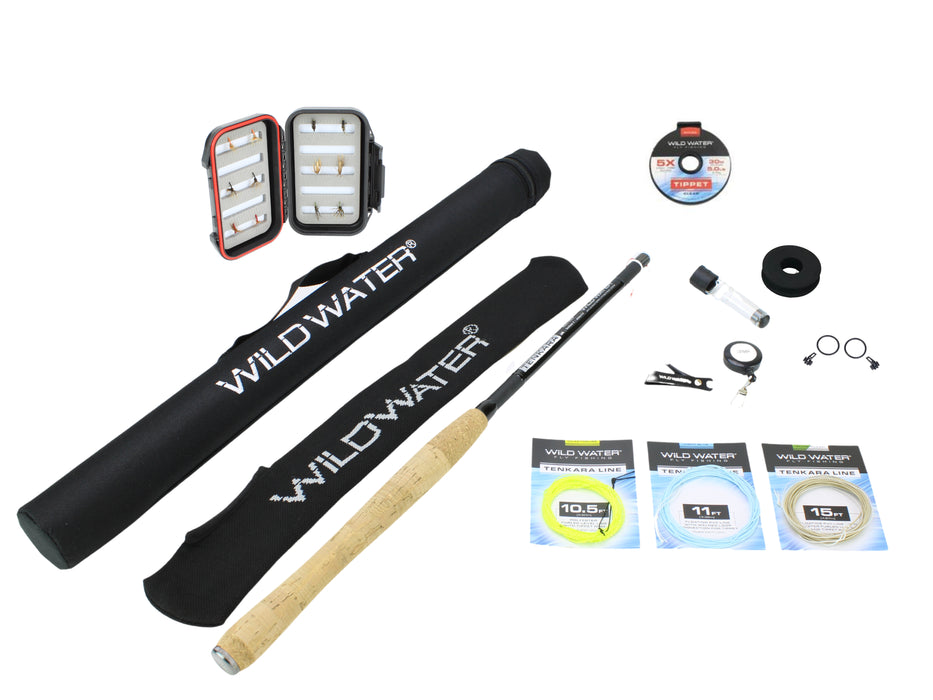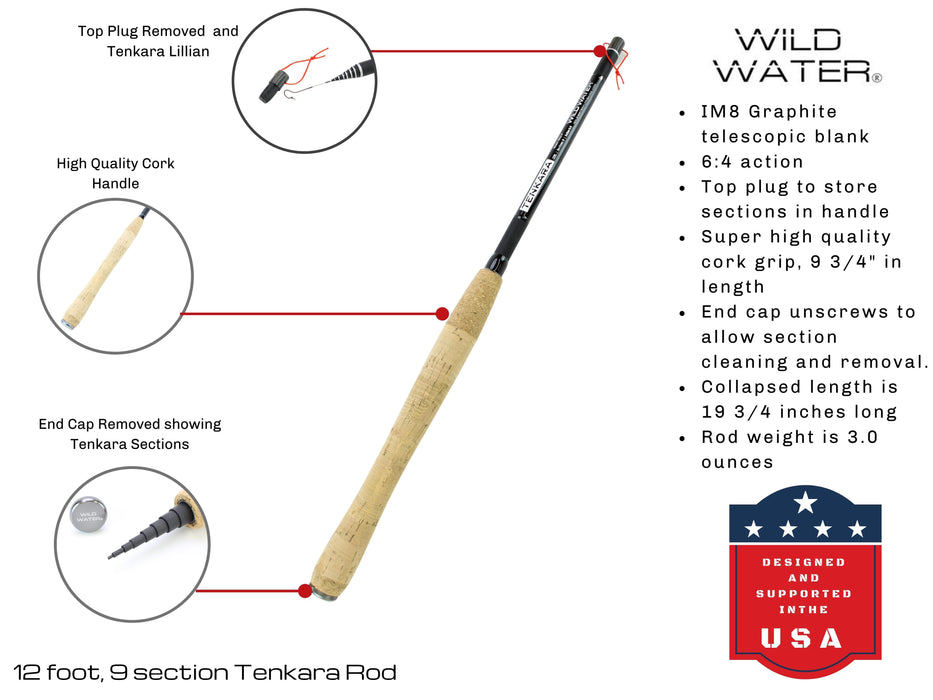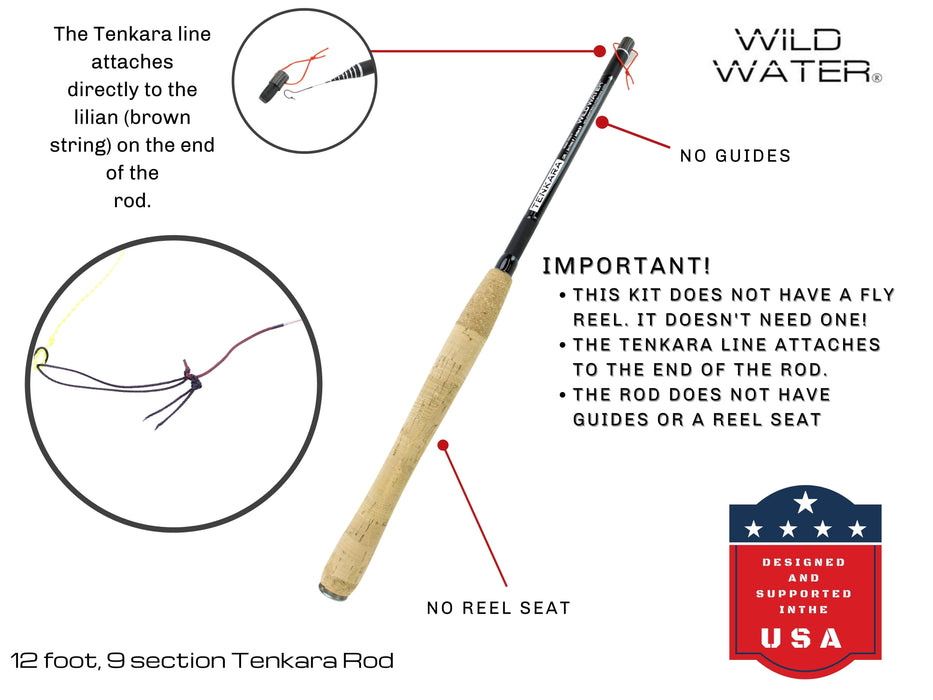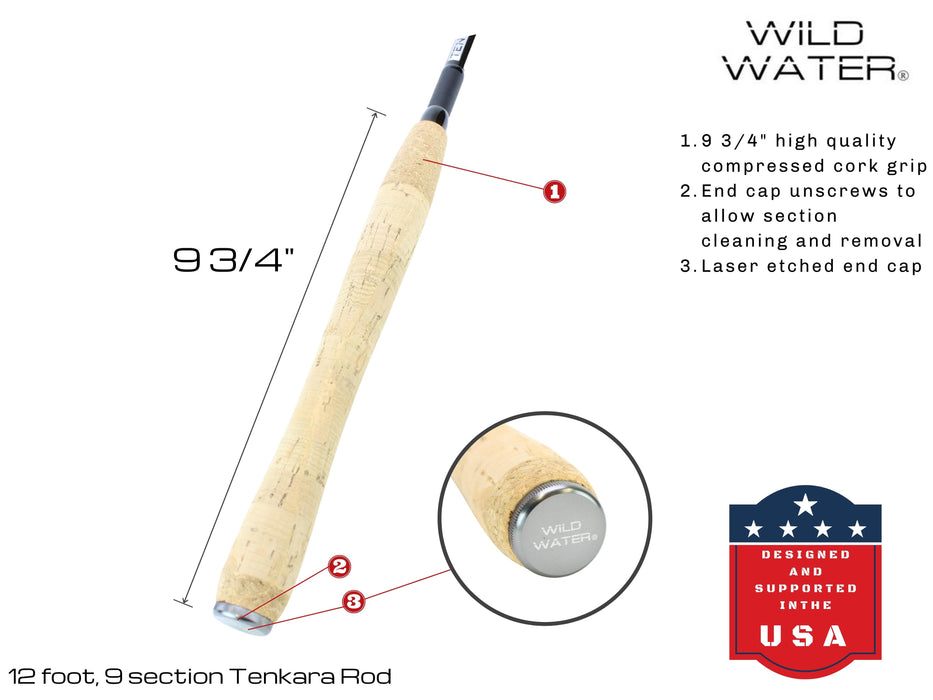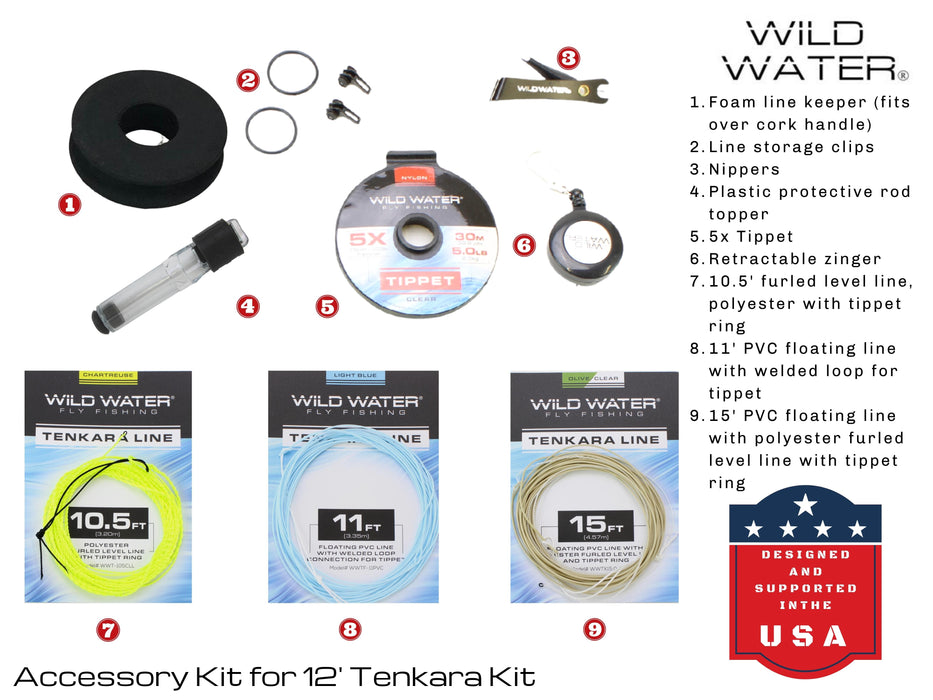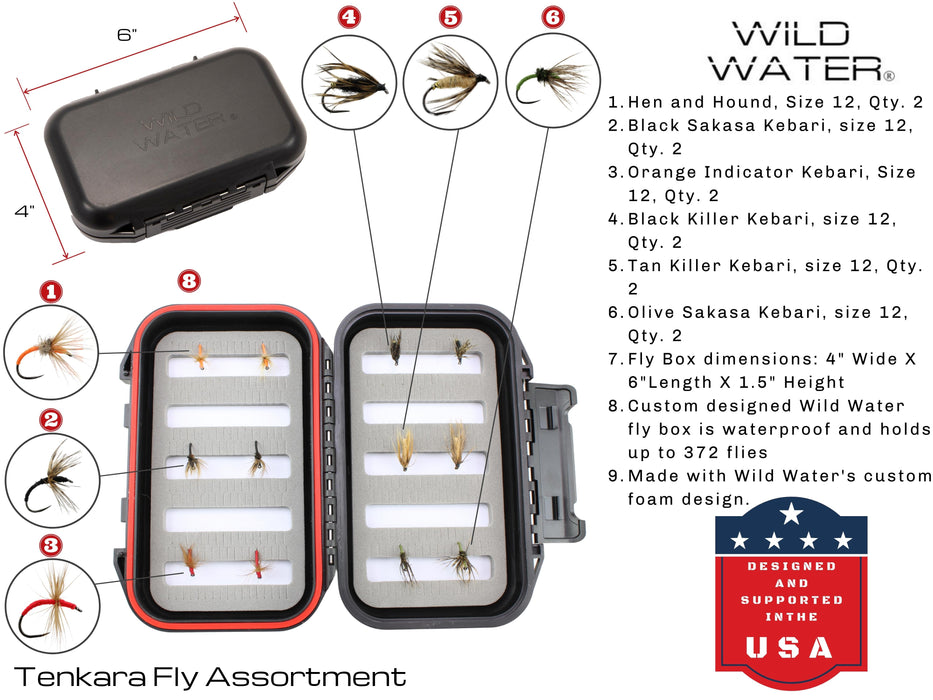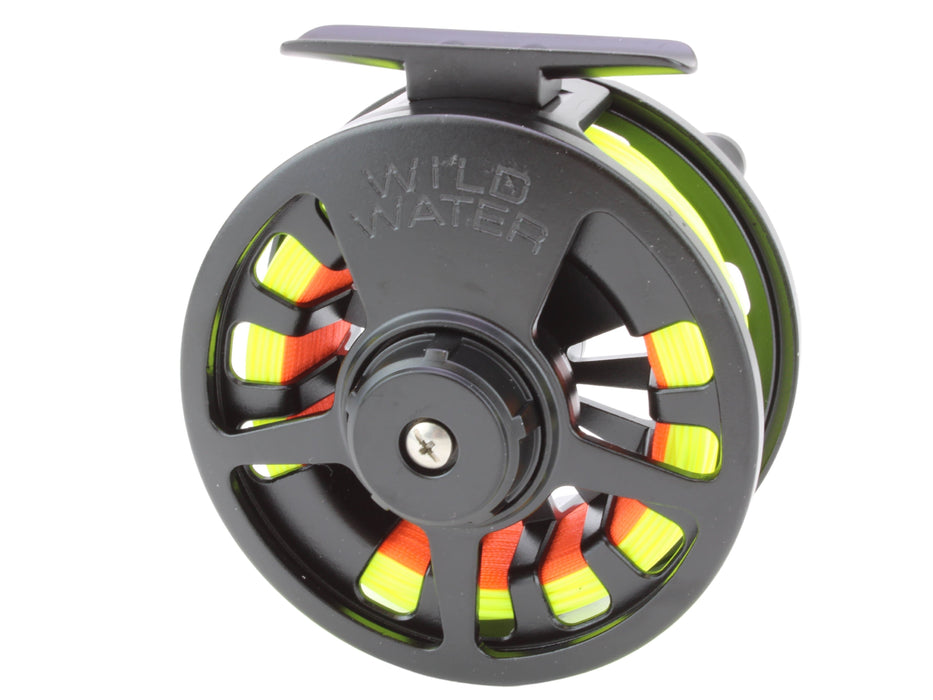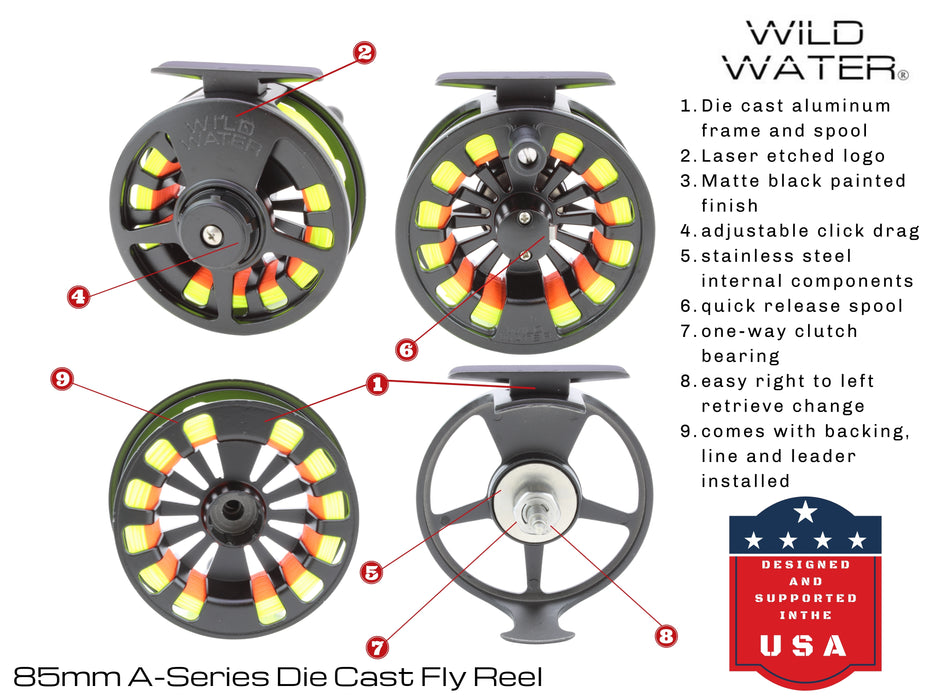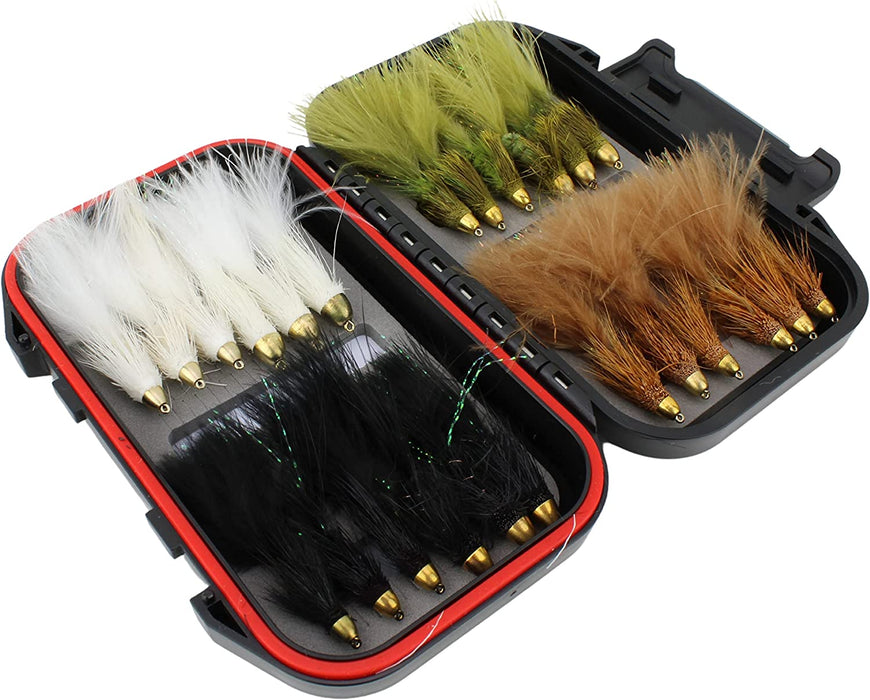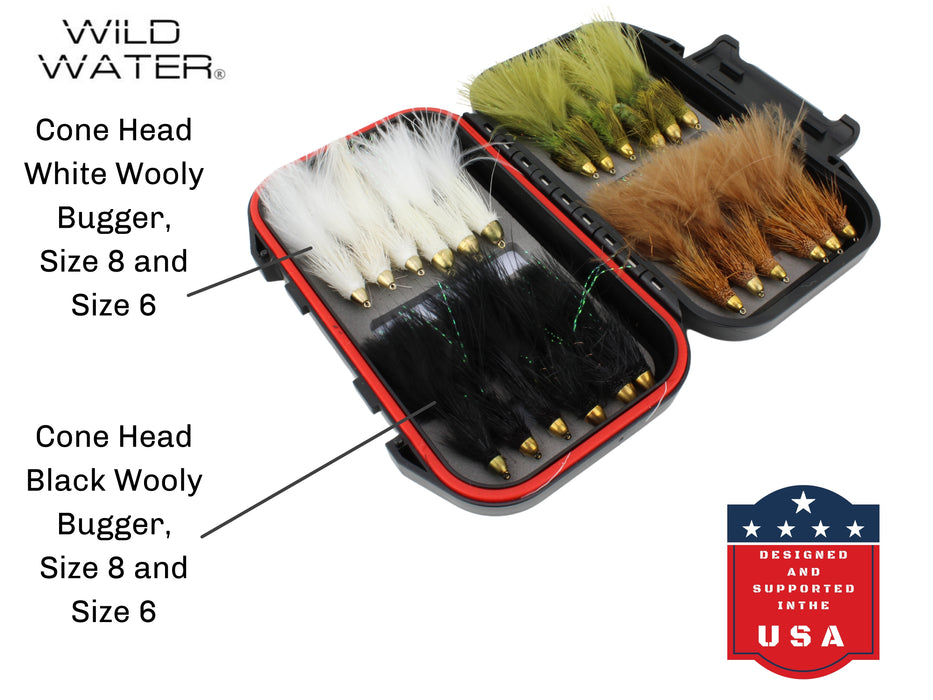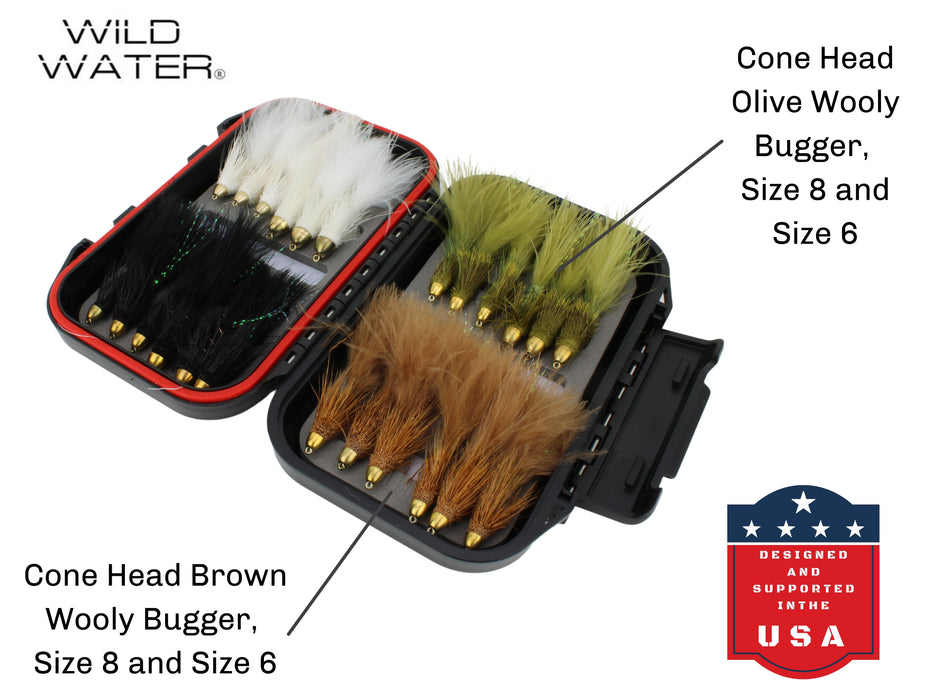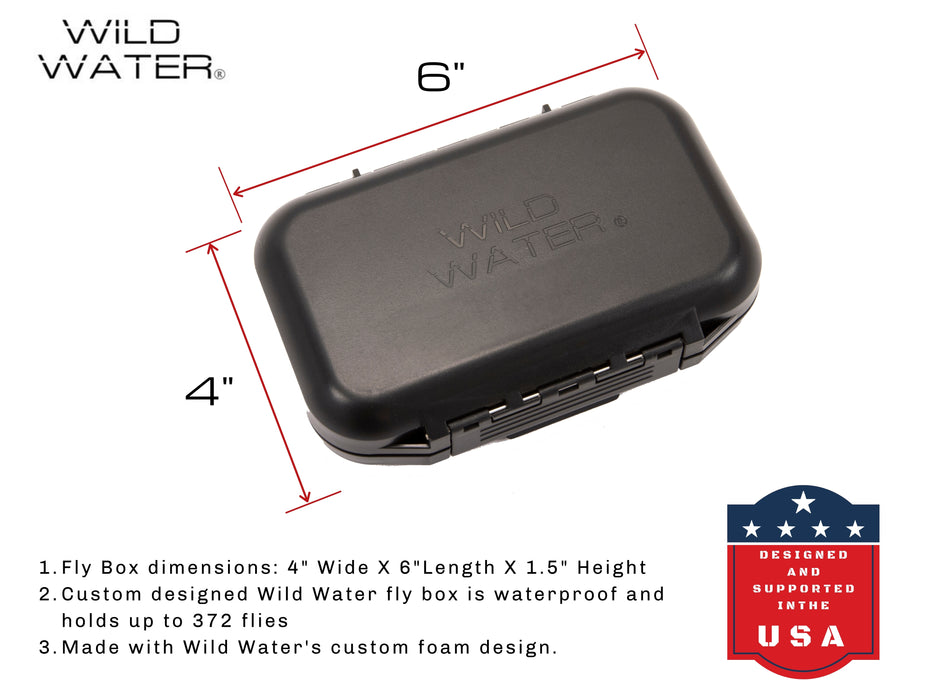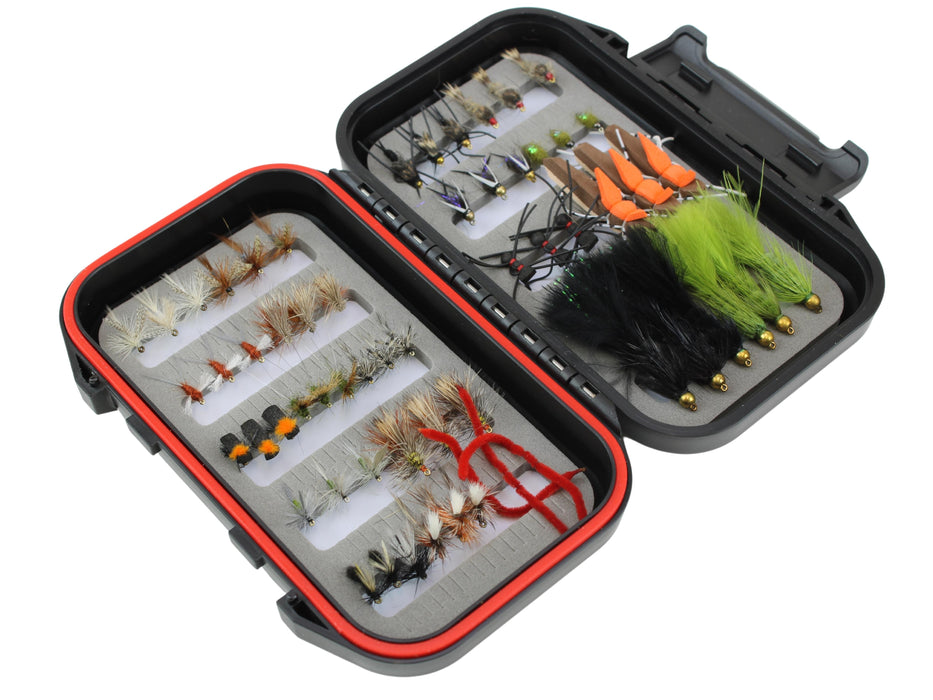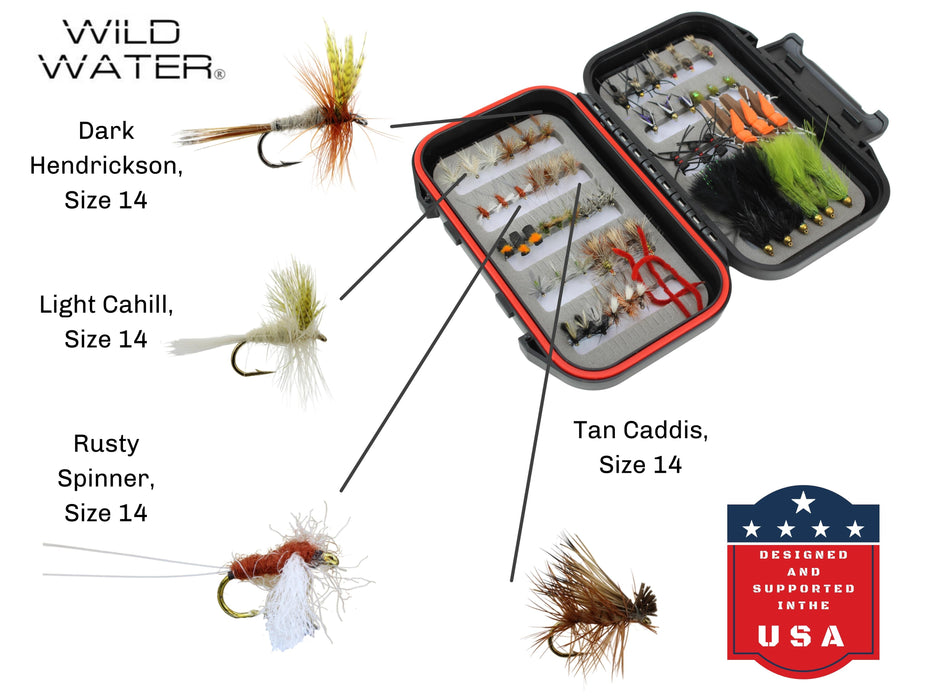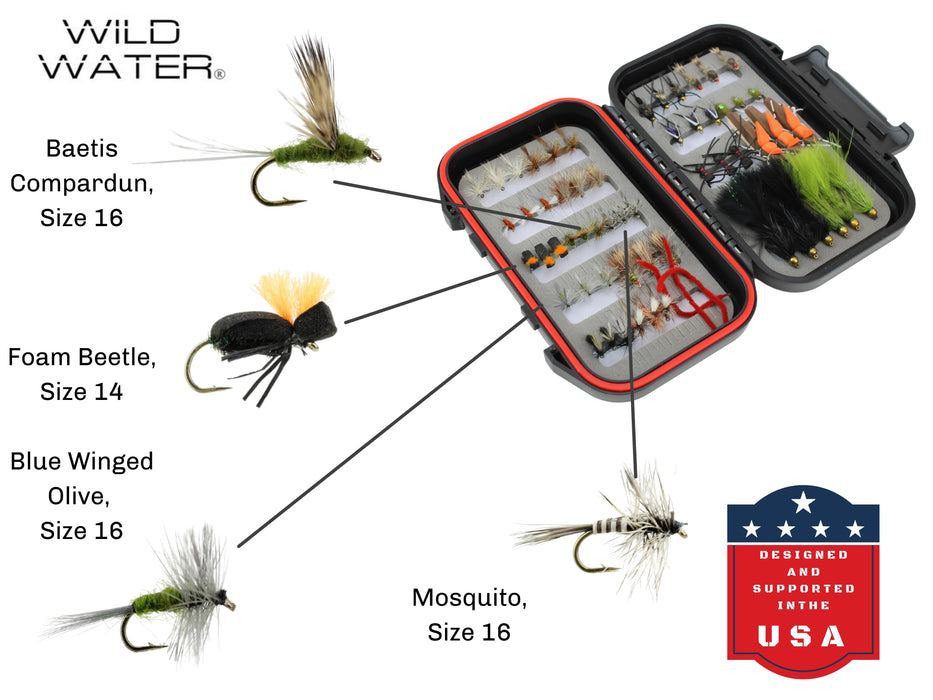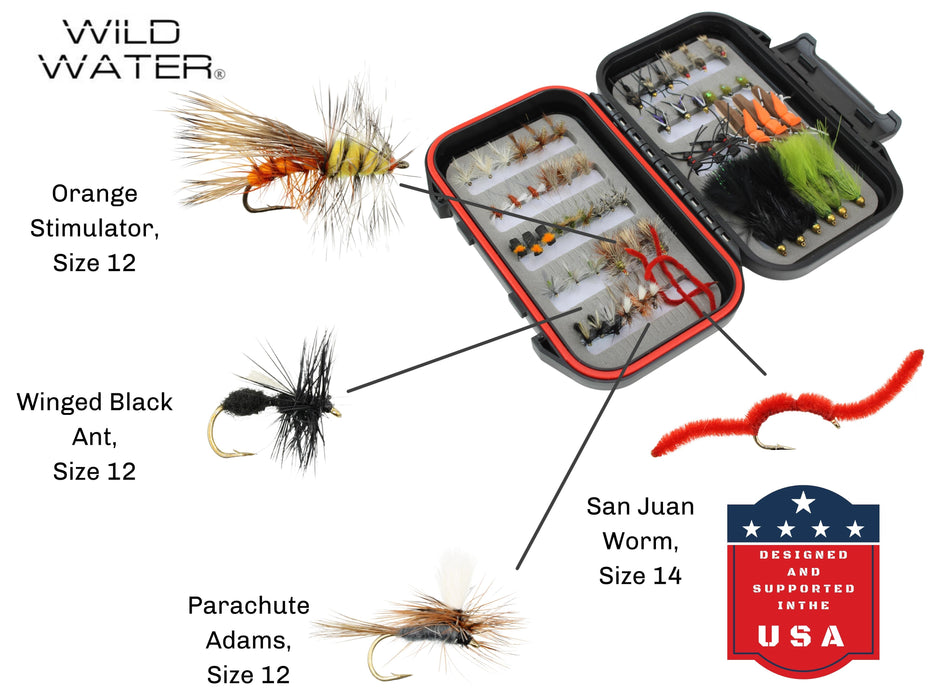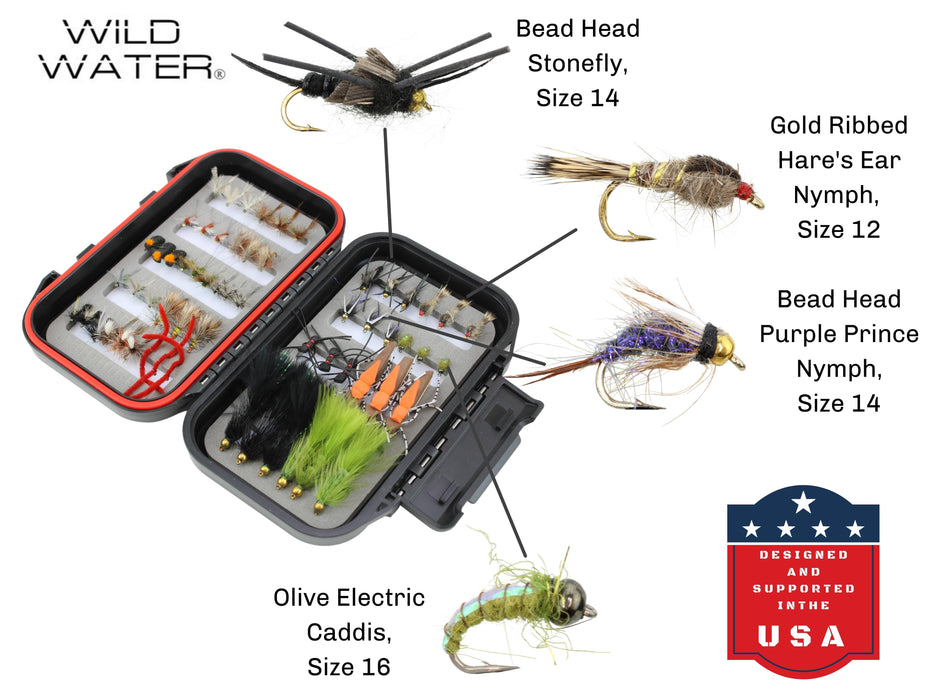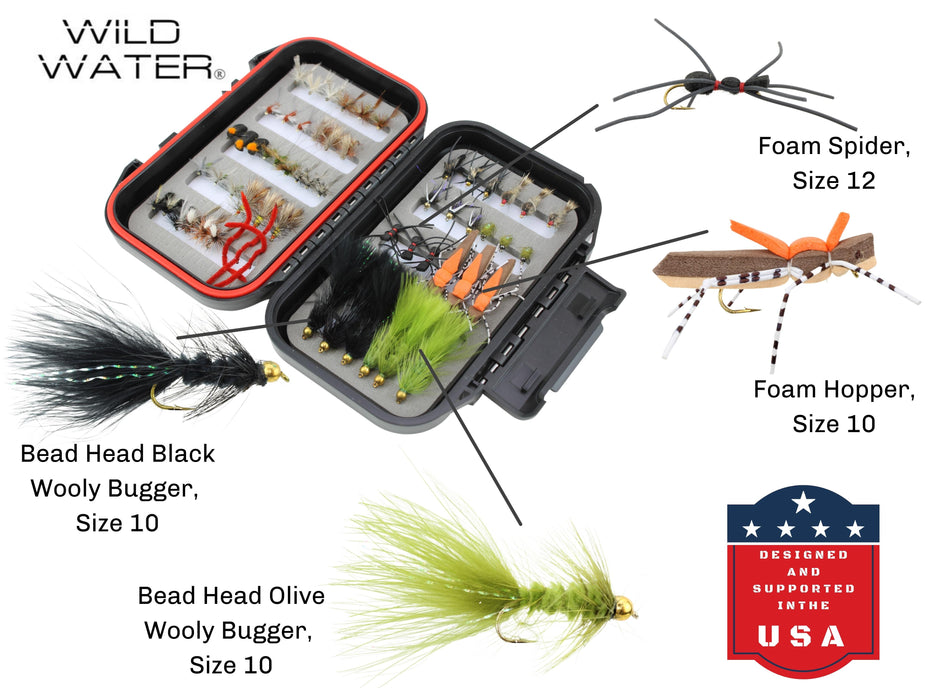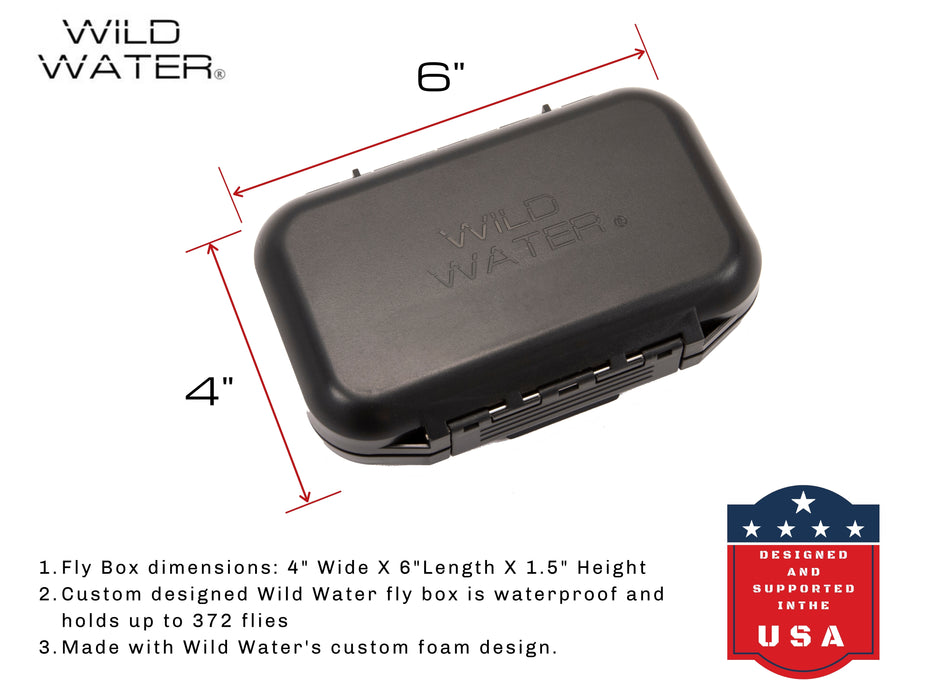Fly Fishing in Alaska with Grizzly Bears
ALASKA FLY FISHING
“Break it off!” I yelled to my client. He was fighting a large silver salmon when a grizzly bear came charging into the river directly at him. This wasn’t your ordinary fly fishing experience, but then again, this wasn’t your ordinary place to fish.
Southeast Alaska is technically a rainforest, with some places averaging over 150 inches of rain annually. Temperatures are much cooler than most rainforests, however. Summertime temperatures average around 55 degrees during the day, and 40 degrees at night. Rain and overcast conditions are common. It is home to some of the tallest coastal mountains in the world. These jagged peaks extend all the way to the coastline in many places. Glaciers cover many of the valleys between the peaks. At lower elevations, dense coniferous forests exist and surround an abundance of creeks, rivers, swamps, lakes, and bogs. Because the terrain is so rugged, most travel is done by boat or plane. The rainforest supports healthy populations of grizzly bears, black bears, moose, wolves, and more. The rivers support another array of wildlife. Otters, seals, sea lions, whales, salmon sharks, eagles and other fish eaters gather to feed off of the fish that migrate in to spawn. Southeast Alaska is known for supporting high populations of silver salmon, also known as Coho. All five species of pacific salmon are present, as well as Steelhead, and trout.
The river I was guiding on is not easy to get to. Alaska Airlines will get you to the nearest town, and then a 100-mile ride in a bush plane along the coast gets you to the fishing lodge. From there, we accessed the river via a 5-mile ride across sand flats on ATV’s. It is a place where there are more grizzlies per capita than humans. The river is three miles long, flowing directly into the Gulf of Alaska. It is fed mostly by tributaries flowing out of glaciers, but also by springs and snowmelt. The water is clear and cold, and the river bottom and banks are entirely sand. Water is shallow, with depths of no more than 6 feet. Silver salmon begin their migration in July, with the peak of the run occurring at the end of August. The river receives 60,000-100,000 silver salmon each year, so needless to say the fishing is exciting.
Once silver salmon enter the river, they lose their interest in feeding. They are there to spawn. Spawning makes them territorial. The flies we used were large and colorful – something that the fish couldn’t ignore. Flies like clouser minnows, dolly llamas, and starlight leeches are anglers’ top choices. Best colors are pink, chartreuse, white and black. These flies are weighted, and we used floating lines due to the water being only 3-4 feet deep. 12-20lb test leaders are a must, as silver salmon typically range from 5-15lbs and are known as one of the hardest fighting fish pound-for-pound. These were rigged on 9-foot, 9-weight rods. Even with heavy-duty gear like this, these fish will take 200 yards of line in one run, and fight for 15 minutes or more.
I rigged my client up with a black and purple hareball leech, size 1/0. It was late afternoon and raining, and I’ve always found that darker-colored flies work better on darker days. I had spotted a pod of 30-40 fish holding in the deeper section of a bend in the river. I directed him to cast 30 feet upstream of the fish, in order to give his fly time to sink to the depth of the fish. A few seconds of sink time and then retrieve with a moderate-fast strip. The strip is the action of pulling in a section of fly line with the non-dominant hand, in this case 10-12 inches of line. The salmon like to see some action on the fly to get them excited. One of the interesting things about silver salmon is that the angler does not typically feel a hard grab when the fish bites. The salmon will inhale the fly and keep moving with it initially, rather than turning their head and swimming away. Detecting the grab can be a challenge sometimes, and without stripping in line, the angler may not feel a thing. After 5-10 strips, I saw my client raise his rod and the fish was on. He began walking towards the bank. Silver salmon are known for their aerials, and this fish lived up to the reputation, jumping 4 feet in the air multiple times during the fight. Unbeknownst to me, this was a dinner bell for a nearby 500-pound grizzly cruising the opposite bank. It was early September, about halfway through our fishing season. The local bears had been trained to know that a fish on the end of an angler’s line was an easy target. With less experience, I may have thought that we could land the fish in time for the grizzly to lose interest. However, earlier in the season I clocked a grizzly moving at 30 mph alongside my ATV. This bear was within 100 yards of us and closing fast. I yelled to the client to break the line and luckily, he complied quickly.
This fish story did not end with a fish in our hands, but it did end with our lives safe and all of our limbs attached. Fortunately, we had caught our fill of silvers that day, with most of them being over 30 inches and 10 pounds. Bears don’t have a grocery store to go to when the fishing is bad, so you can’t blame them for trying.

